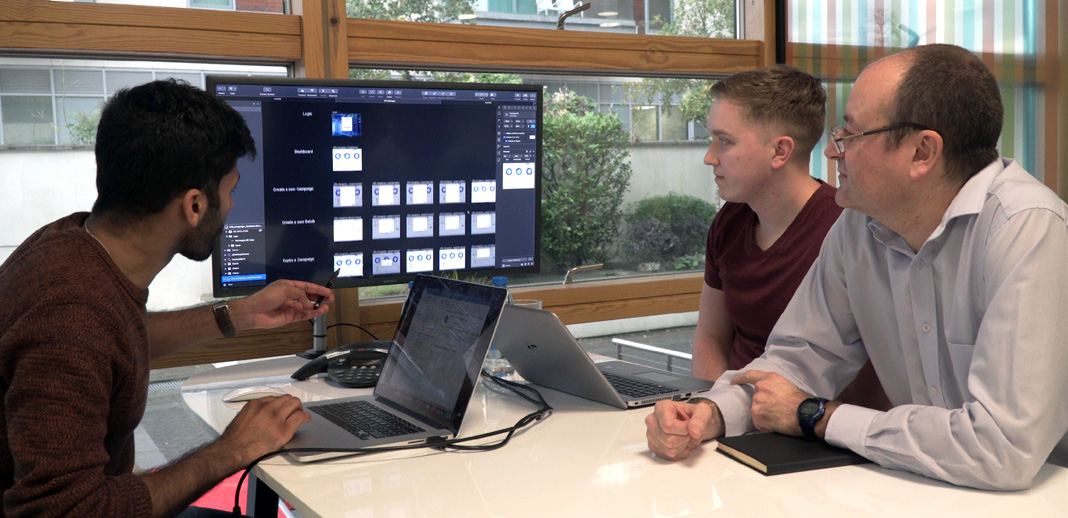To ensure seamless connectivity and future scalability, our team at Cubic Telecom chose to automate the distribution of Over-the-Air updates. Here is the journey we took.
What is an Over-the-Air (OTA) update?
An OTA update is a mechanism for making a software or configuration change to the SIM in a connected device Over-the-Air without needing to take it back to the manufacturer or back to the garage.
Why would an OTA be required?
It could be for technical reasons. For example, switching the device from automatically connecting to one network in a certain country, to automatically connecting to another network in the same country when it switches on.
It could also be for regulatory reasons. New laws may require that connected devices use global International Mobile Subscriber Identities (IMSIs) instead of local IMSIs.
Believe it or not, it is very common for device manufacturers to require software updates to SIMs after a connected product is already on the market.
Why did Cubic automate OTAs?
The ecosystem in which Cubic operates has become much more complex over the past few years. As our customer numbers grew and more and more devices were being connected by Cubic, there were multiple OTAs taking place at any given time with differing requirements. Completing the OTAs manually was no longer an option.
After discovering that our specialized requirements weren’t met by any other suppliers in the market, we chose to build our own OTA orchestration software in-house.
By automating the process, we have ensured that we are sending the correct OTAs to the correct devices. Through automation we have significantly reduced the risk of human error.
The outcome?
We engaged in long hours of brainstorming sessions, involving the user every step of the way from requirements definition through to user-acceptance testing. In the end we achieved something greater than we expected. To date, our Cubic Team has successfully delivered OTAs to millions of devices and run parallel campaigns. We have never left a device behind with every device maintaining connectivity post-Cubic OTA.
In future we may expose our OTA services as an infrastructure to others in the market so that they can manage their own set of devices, using the Cubic platform.

